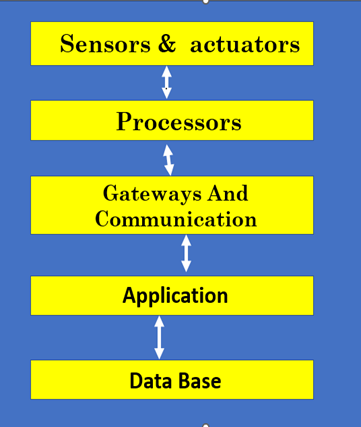Introduction to C++ Programming Language
· A general-purpose,
· High-level
programming languageà widely used for system software, application
software, embedded systems, and game development.
· Extension of the C
programming language .
· Reusable and
modular code.
· Developed by bjarne
stroustrup in 1979 at bell labs, american
· Originally named
"c with classes".
· Support both procedural
programming and object-oriented programming (OOP),
Key Features of
C++
- Object-Oriented
Programming (OOP):
- Efficiency
and Performance:
- Provide low-level control over
system resources, memory management, and hardware,
- Use for system-level programming, real-time
applications, and high-performance software.
- Multi-paradigm
Language:
- Procedural programming:
- Object-Oriented Programming (OOP):
- Generic Programming:
- Memory
Management:
- By dynamic memory allocation
using operators like new and delete.
- Standard
Template Library (STL):
- Provides a collection of template
classes and functions, such as vectors, lists, maps,
and queues.
- The STLà provides pre-written
algorithms and data structures à perform common operations.
- Portability:
- C++ is a portable languageà; programs
writtenà on one
machine and run on another machine with minimal modification.
- Exception
Handling:
- catch runtime errors and exceptions
using try, catch, and throw keywordsà. This helps in building
robust and error-tolerant applications.
- Compatibility
with C:
- compatible à run C code and use C libraries.
- Overloading
and Overriding:
- Function Overloading:
- Operator Overloading:
- Method Overriding: use virtual functionsà allowing
subclasses to override methods in base classes.
10.
Classes and Objects:
- Inheritance:
- Polymorphism:
- Encapsulation:
- Abstraction:
Source Code: Basic
C++ Program
#include
<iostream> // Include the input-output library
using namespace
std; // Use the standard
namespace
// main function
int main() {
int num1, num2, sum; // Declare variables to store two numbers and
their sum
// Prompt the user for input
cout << "Enter the first number:
";
cin >> num1; // Read the first number from the user
cout << "Enter the second
number: ";
cin >> num2; // Read the second number from the user
// Perform addition
sum = num1 + num2;
// Display the result
cout << "The sum of "
<< num1 << " and " << num2 << " is
" << sum << "." << endl;
return 0;
// End of the program
}
Advantages of C++
- High
Performance:
- Object-Oriented
Features:
- Rich
Standard Library:
- Cross-platform
Development:
- C++ programs can be compiled and run
on different platforms, ensuring portability.
- Low-level
Memory Access:
Disadvantages of C++
- Complex
Syntax:
- Harder for beginners to learn.
- Manual
Memory Management:
- Improper memory managementà memory
leaks and undefined behavior.
- Steep
Learning Curve:
- Due to its complexity and
multi-paradigm nature (procedural, object-oriented, and generic
programming), C++ can be difficult for beginners.
Applications of C++
C++ is used in
various fields, including:
- System
software:
Operating systems, compilers, and drivers.
- Game
development:
C++ is widely used for creating high-performance games.
- Embedded
systems:
Development of firmware and embedded software.
- Real-time
systems:
Systems requiring low-latency processing (e.g., robotics,
telecommunications).
- Application
software:
For both large and small applications, including GUI-based applications.
- Financial
applications:
High-frequency trading platforms and simulations.
==============================================================



0 Comments